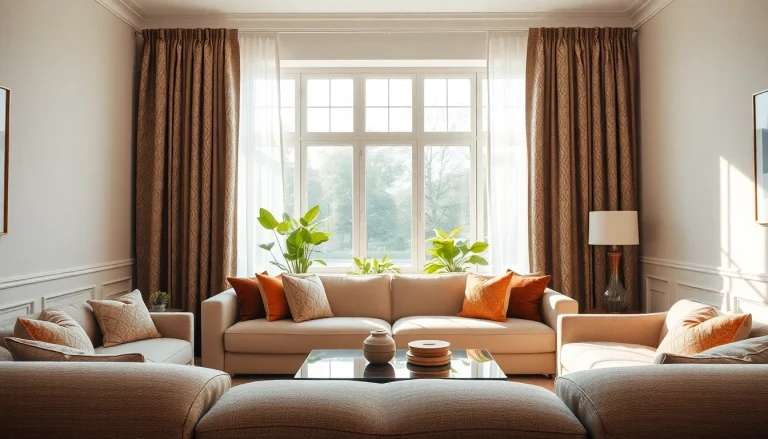
Understanding the 20×30 Frame Size
When it comes to framing artwork, choosing the right frame size is essential for enhancing the piece and ensuring it fits in your desired space. A 20×30 frame is a popular choice for many art enthusiasts, interior designers, and home decorators alike. This particular size not only provides ample space for a variety of artwork, but it also makes a statement in any room. In this article, we will delve into everything you need to know about selecting, designing, and maintaining a 20×30 frame, focusing on its dimensions, material options, display techniques, and care methods.
Why Choose a 20×30 Frame for Your Art?
The 20×30 frame is particularly versatile, able to accommodate a range of art forms including photography, posters, and canvas prints. Its proportionate dimensions allow it to be used as a standalone piece or in a gallery wall arrangement. One of the significant advantages of choosing a 20×30 frame is its ability to draw attention—its larger size captures the eye and lends a sense of importance to the artwork displayed within it. This frame size is ideal for both personal art collections and professional settings, making it a versatile choice for various environments.
Measuring and Selecting Artwork for Perfect Fit
Before purchasing a 20×30 frame, it’s crucial to select the right artwork. Start by measuring the art piece to ensure a perfect fit. A standard 20×30 frame will fit artwork that is exactly 20 inches wide and 30 inches tall; however, considering matting can enhance the overall aesthetic and protect the artwork. If you opt for a mat, remember to adjust your art dimensions accordingly to ensure it fits comfortably within the frame.
Dimensions and Aspect Ratio Considerations
Understanding the aspect ratio of your artwork is vital when framing. The 20×30 frame has an aspect ratio of 2:3, making it suitable for photographs and artworks that share similar proportions. When choosing art, consider how different sizes and orientations (portrait vs. landscape) can impact the visual flow of the piece. A well-proportioned frame enhances the artwork’s visual appeal and complements its content.
Design Styles for 20×30 Frames
The design of a frame can significantly influence the overall aesthetic of the artwork, as well as how it integrates into your home decor. Understanding the various styles of frames is essential for making an informed choice.
Traditional vs. Contemporary Frame Designs
Traditional frames tend to feature ornate detailing and wood finishes, offering a classic look that pairs well with vintage-style art. In contrast, contemporary frames often prioritize minimalism and clean lines, making them suited for modern artwork. Depending on your taste and the existing decor of your space, you can choose between the two styles—each offers unique advantages that can enhance your overall display.
How to Match Frame Style with Your Decor
When integrating a 20×30 frame into your decor, consider matching the frame’s style to your existing furnishings. For instance, if your decor includes rustic elements, a distressed wooden frame will harmonize beautifully. Alternatively, sleek metallic frames can enhance a modern industrial aesthetic. Think about colors, textures, and finishes that resonate with the ambiance of your room to create a cohesive look.
Customizing Your 20×30 Frame: Personal Touches
Customization is one of the best ways to make a frame uniquely yours. Consider adding personalization, such as engraved names or dates, to commemorate special occasions. You can also explore mixed media options or select a distinctive mat color to further personalize the frame’s appearance. This customization can turn a simple 20×30 frame into a cherished keepsake that reflects your style and story.
Materials and Manufacturing of Frames
The materials used in framing are important not only for aesthetics but also for durability. Knowing the properties of different materials will help you make an informed decision.
Wood, Metal, and Plastic: Which is Best?
Wood frames are a popular choice due to their timeless appeal and variety of finishes. They can offer warmth and texture to a space. Metal frames, while often more modern, are exceptionally durable and can provide a sleek look. Plastic frames are generally more affordable and can mimic the appearance of wood or metal, making them versatile for different settings. When selecting materials, consider the weight of your artwork, the desired aesthetic, and your budget.
Sustainable Options for Eco-Friendly Framing
With the growing awareness of environmental issues, many consumers are looking for sustainable framing solutions. Reclaimed wood, recycled metals, and eco-friendly finishes are all excellent options. These materials help reduce waste and energy consumption—an attractive choice for environmentally conscious individuals. Not only do they benefit the planet, but they also add a unique character to your frame.
Assessing Quality: What to Look For in Materials
Quality framing materials directly impact the longevity of your artwork. When assessing quality, consider the construction of the frame, the type of glass (if applicable), and the backing materials. High-quality frames will have sturdy corners, a protective glass that is UV resistant, and archival backing that preserves the artwork from deterioration. Investing in good materials ensures that your 20×30 frame will both look good and last for years to come.
Displaying Your 20×30 Frame
Displaying your framed artwork in a thoughtful way can enhance its impact. Here are some best practices for showcasing your 20×30 frame effectively.
Best Practices for Wall Mounting
When hanging your frame, start by selecting a suitable wall space that complements the art. Use proper mounting hardware that can support the weight of the frame and position it at eye level for optimal viewing. Make use of a level to ensure straight placement, and take time to mark the wall before drilling. If you are uncertain about the placement, consider creating a mock-up on the floor with painter’s tape before committing to the wall.
Creative Arrangements for Multiple Frames
If you’re displaying multiple 20×30 frames, consider creative arrangements like gallery walls. Group similar frames together or create a thematic layout that tells a story. Mixing frame styles and sizes can create visual interest, but be mindful of maintaining a cohesive color scheme or theme throughout the arrangement. Play with spacing to find balance—too tight might appear cluttered, while too spread out can lack connection.
Lighting Techniques to Enhance Your Display
Proper lighting can drastically improve the aesthetic of your displayed artwork. Use picture lights, wall sconces, or ambient lighting to highlight your 20×30 frame. Consider the direction of light—soft, diffused light can enhance colors and details without creating glare. Positioning lights at a 30-degree angle to the artwork often yields the best results in highlighting its features without being too harsh. Dimmer switches can also help you adjust lighting levels according to the time of day or mood.
Maintaining and Caring for Your Frames
To ensure your 20×30 frame and the artwork within it remain in pristine condition, proper care is crucial.
Cleaning Your 20×30 Frame Without Damage
Regular cleaning is necessary to maintain the frame’s appearance. To clean wooden frames, use a soft, dry cloth to remove dust, avoiding harsh chemicals that could damage the finish. For metal frames, a damp cloth can be used, but dry immediately to prevent rust. Avoid direct contact with the artwork during this process; using protective gloves is a good practice to prevent unwanted oils or dirt getting on the art itself.
Repairing and Restoring Worn Frames
Over time, frames can become worn due to sunlight exposure, temperature changes, and general wear and tear. For minor scratches on wooden frames, consider using a touch-up marker or furniture polish. For metal frames, a little polish can restore shine. If your frame is severely damaged, professional restoration services can help revive it to its former glory without jeopardizing the integrity of your artwork.
Preservation Tips for Artwork in Frames
To preserve the artwork inside your 20×30 frame, opt for UV-protective glass and consider using matting that prevents the art from direct contact with the frame. Be cautious of humidity and temperature changes in displaying locations, as these can lead to fading, warping, or mold in severe cases. Regular evaluations of the integrity of both frame and artwork will help catch issues early, ensuring longevity and preservation of your collected pieces.






